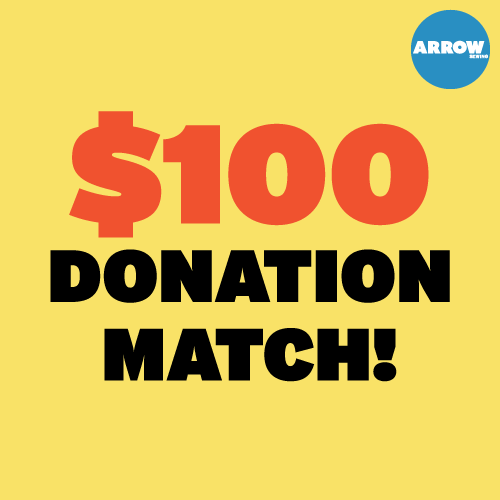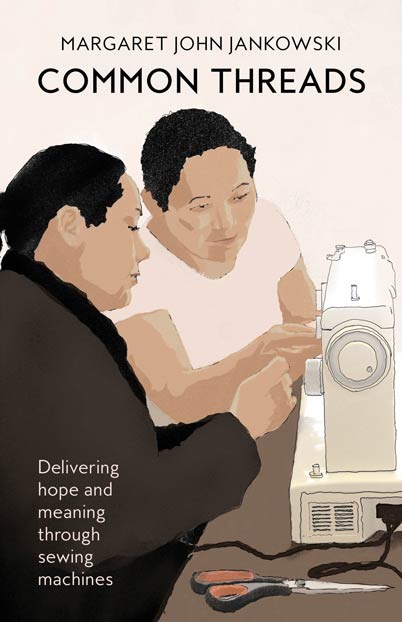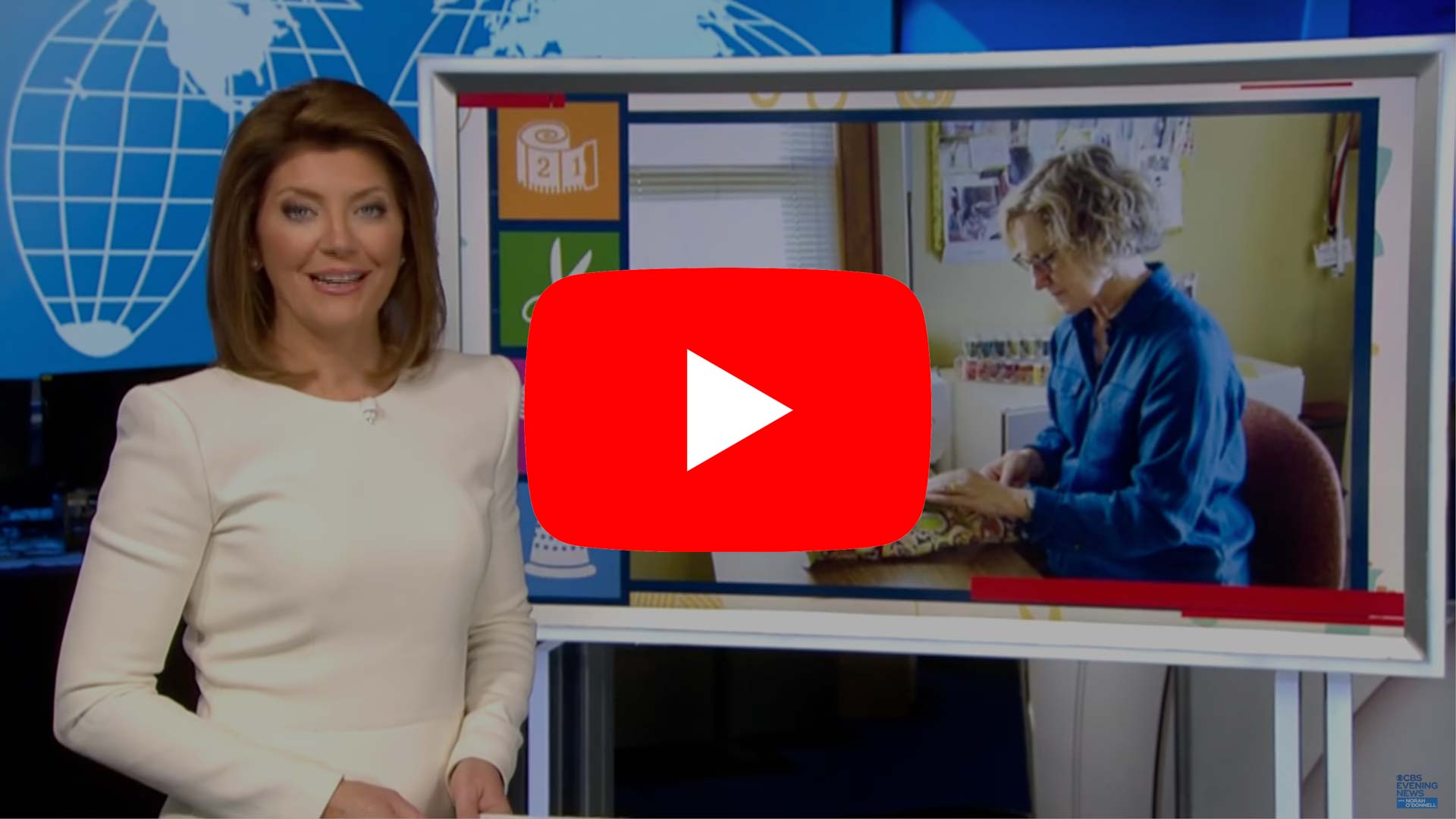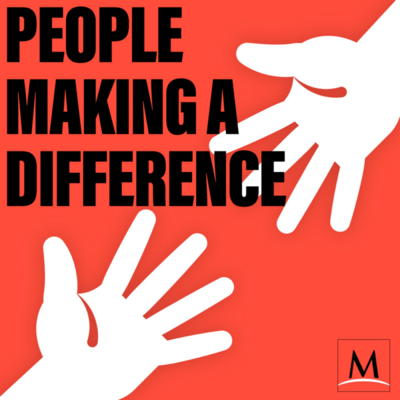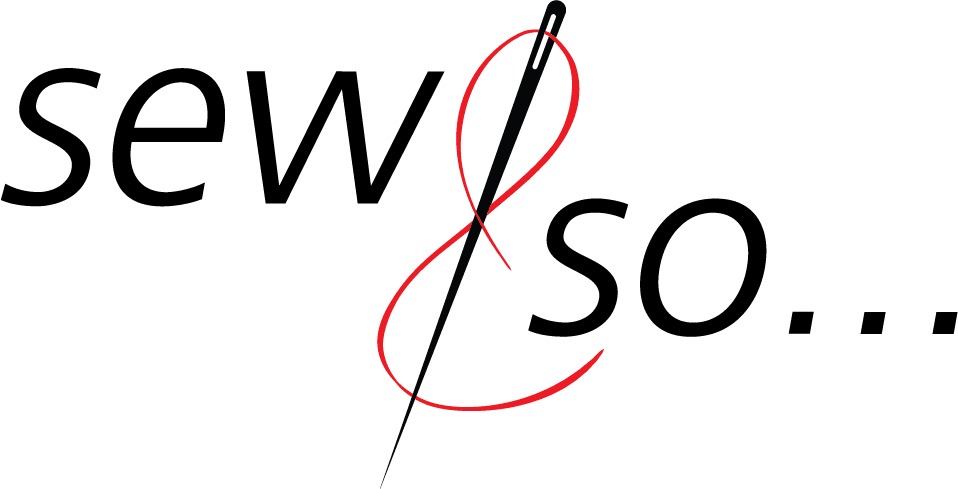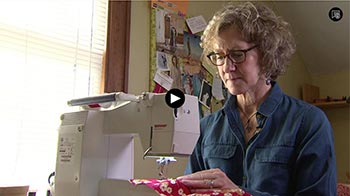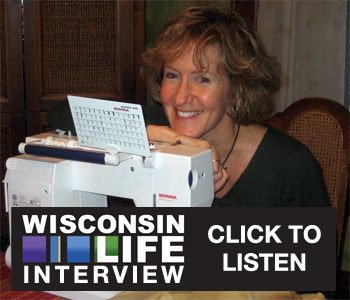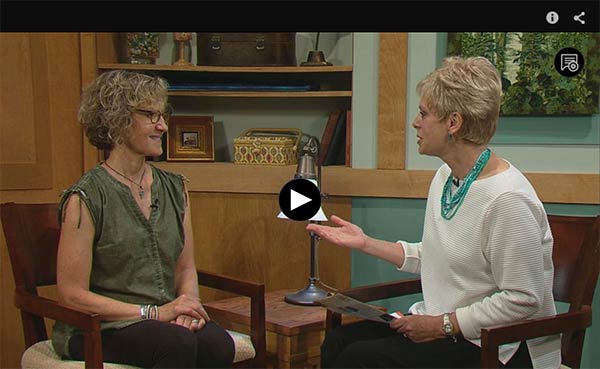
I’m thrilled to have The Sewing Machine Project featured in the December 2007 issue of Wisconsin Woman magazine. Justine Kessler wrote a fine article detailing the Project’s progress. Take a look!

It was Margaret Jankowski’s mother who taught her to sew when Margaret was just a little girl. Sewing has always been a part of her life, and now she is using it to bring hope to the lives of others.
Margaret is the founder of The Sewing Machine Project, a nonprofit organization that distributes sewing machines to people in communities affected by disaster. The impetus for the project came about in early 2005 after a devastating tsunami ripped through Southeast Asia. Customers at Hans’ Sewing and Vacuum in Madison—where Margaret teaches introductory sewing and basic garment making, as well as working the retail floor — had often wondered what to do with their old sewing machines after purchasing new ones Margaret and her co-workers typically directed them to the local Goodwill donation station. All that changed, however, when Margaret read an article about one of the victims of the tsunami.
“The article was about a woman in Southeast Asia — a single mother — who lost her sewing machine in the storm,†she recalls. “It was a machine she had saved for years to buy, and when it was lost, so was her way of making a living for her family. Her story impacted me and I thought ‘I can really do something about this.’†Suddenly Margaret saw a greater purpose for her customers’ old machines. Using Hans’ as a home base, she organized her firstmachine collection in March 2005, gathering about 75 machines over the course of a couple weeks.
“I was pretty naïve in the beginning — I thought we would just get a big container and pack them up and ship them off to the areas where they were needed,†she says. “The more I looked into it, the more I realized that I couldn’t just send them off — I really needed someone to partner with. I couldn’t
travel to Southeast Asia with these machines, and I didn’t know where to go if I could!â€
Project partners
Serendipitously, she found a partner through the friend of a friend who was a member of the American Hindu Association, a group that was involved in a significant amount of tsunami relief work. He recommended giving the machines to orphanages throughout Southeast Asia. “Not only did the orphanages need the machines to make things for the children, but they needed them to teach the children a trade —especially the girls,â€Margaret said. “Traditionally it has been boys who are groomed to go out and have a job, and this sounded like aperfect way to give girls the opportunity to learn some tailoring skills.†After doing some research she discovered
that using the postal system would be the most cost-effective way to ship the sewing machines overseas—but still, the costs were significant. Again, fate stepped in with a little help.
“My daughter came home from school and asked for some money—her student council was doing a fund drive for tsunami relief,†she says. “I called the school district and asked where specifically they would be sending the money. They said they hadn’t earmarked it yet, so I told them about my project.â€
The school district representative called Margaret the next day to let her know that the money raised by students would be going to support her shipment of machines to Southeast Asia. Her total shipping costs came to $2,000—and the funds raised by students totaled $2,015. She also received a $500 donation from the Girl Scouts’ Thinking Day. Additionally, the Downtown Kiwanis Club took up a collection at a meeting and raised hundreds of dollars for her project.
She packed the machines in boxes, cushioned with useable goods like fabric and notions, and her first shipment of 25 machines was on its way.
Giving to the Gulf Coast In September 2005, Hurricane Katrina hit New Orleans and the Gulf Coast, devastating communities much closer to home. Margaret had been in the city just weeks earlier for a sewing conference, so the photos splashed all over the news felt very real. She had some money left from her first fundraising effort, so she began to focus on helping individuals and communities in the South mend from this terrible tragedy. She continued collecting machines over
the winter, and in March 2006 Margaret rented a van, loaded it with 50 machines and headed for the Big Easy. The machines were gone in just one day — word of mouth had spread quickly through the congregation at Grace Episcopal Church, where the distribution was taking place.
During her first visit to New Orleans, Margaret forged relationships with a variety of business owners and community leaders who would grow to become a support network for future efforts. “On that first trip I thought we would distribute the machines we had and that would be it,†Margaret says. “But by the end of the trip, it was so obvious that we needed to do this again. So I came home and started collecting machines again.†During this visit she and her daughter, who accompanied her on the trip, also had their palms read on Bourbon Street — and Margaret’s reading left herwondering if theremight be something more in store for her project.
“The woman that read my palm told me that I had to be a doctor or nurse— someone in a healing profession. I said no, that I was actually in retail,†she recalls. “The reader asked why I was in New Orleans, and I withheld that information thinking ‘You’re a psychic, you should know!’ She said, ‘Well the reason you’re down here is the reason you’re meant to be.Whatever you’re doing, it is just going to get bigger.’
Ordinarily I don’t put much stock in this sort of thing, but I do think back from time to time about what this woman said and it was actually quite true!â€
Since that first trip, Margaret has been back to New Orleans four times, most recently in October, distributing a total of over 375 machines to school and community groups as well as individuals. Her machines have been used to assist the Mardi Gras Indians, to help alter poorly-fitting uniforms for
students attending newly reopened New Orleans schools, to allow parents to teach their children to sew, and to give individuals the opportunity to make a living through businesses of their own. She keeps a waiting list of the names of those who want machines but have not yet received them.
Through it all, Margaret says she feels that she is walking a path that has already been laid out for her. “When I veer off that path, I seem to know it right away,†she says. “I’ve never felt something so strongly in my life.â€
Paying it forward
In addition to giving so much to people facing tragedy, Margaret is asking those she helps to think about the needs of their fellow community members. The basis for rebuilding infrastructure is individuals banding together, supporting one another and working together for the common good. To this end, she has initiated the Pay It Forward Program. “When I distribute the sewing machines, I ask the recipients to volunteer a few hours toward rebuilding their community,†she says. Margaret has partnered with area organizations who need sewing-related help and machine recipients are asked to volunteer with one of these groups. “It empowers people to make a difference in revitalizing their own communities
and neighborhoods, and allows them to feel like part of the solution instead of a victim of circumstance.â€
Natural disaster has devastated areas like Southeast Asia, New Orleans and the Gulf Coast, but it can’t dampen the optimism of the human spirit.
“These people are trying,†Margaret says. “Everywhere I look I see rays of hope.â€
Justine Kessler is a freelance
writer in the Madison area
Â

